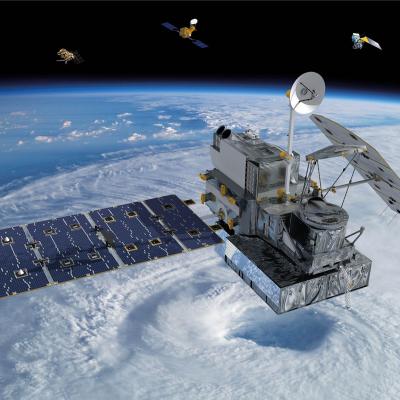PPS Announces Limited RETRO-Processing of L1-L3 F16 SSMIS as Version V05B for Apr 2015 through Jan 2018
Starting early the week of March 04, 2019 or shortly after ; PPS will be doing a limited RETRO-processing of Level 1 - Level 3 F16 SSMIS as Version V05B for the period of April 2015 through January 2018. Please see the table below for the specific products and dates affected. If you have previously obtained any of the data listed below, please discard these and replace this data with the retro-processed data as listed. +-------------------------+---------------------+---------------------+----------------+------------+ | DataType | Start of Data | End of Data | ProductVersion | # Granules | +-



